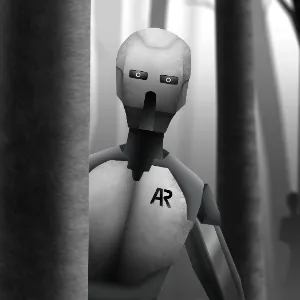
SCP 525 - Eye Spiders
ShareA little on the SCP itself:
Item #: SCP-525
Object Class: Euclid
Special Containment Procedures: Outside of testing conditions, the individual components of SCP-525 must be stored in separate sealed containers. No more than six components may be stored in the same room or within 15 meters of each other. All currently-existing components are accounted for at Storage Site-23 in lockers [ Redacted ] to [ Redacted ].
Only Class D personnel are authorized to handle SCP-525. All supervising staff must wear protective eyewear during testing.
Description: SCP-525 consists of multiple disjoined arthropod legs, 10-15 cm in length. DNA identification has been inconclusive, but the closest match so far is to the brown recluse spider Loxosceles reclusa. The base of each leg ends in several minute hooks capable of perforating flesh. SCP-525 is covered in short, fine hairs, and is quite brittle.
When alone or in proximity with fewer than six others, SCP-525 is inert. When eight components of SCP-525 are brought within range of each other (approx. 0.6m), the legs will immediately crawl into a group and attach themselves into a single entity, referred to as 525-1. At this stage, the speed of its locomotion greatly increases, and it will attempt to make contact with the closest human or similar (see Addendum #525-A).
When a suitable animal is found, 525-1 will climb directly towards the animal's eye. Having centered itself over a socket, four legs will secure the eyelid while the others extract the eye. Despite 525-1's rapid movements, extreme care is taken not to damage the eye during the extraction, [DATA EXPUNGED] severing the optic nerves and central retinal vein. Once the eye is free from the original owner's socket, 525-1 will implant the base of each leg into the eye. Close inspection shows that the hooks at the base extend, effectively rooting the leg in position.
If allowed to remain, 525-1 will lay what appear to be eggs in the socket of its host before climbing off (see Document #525-A).
Credits & Info
Licensing Terms
You may not use this work for any purposes.

















